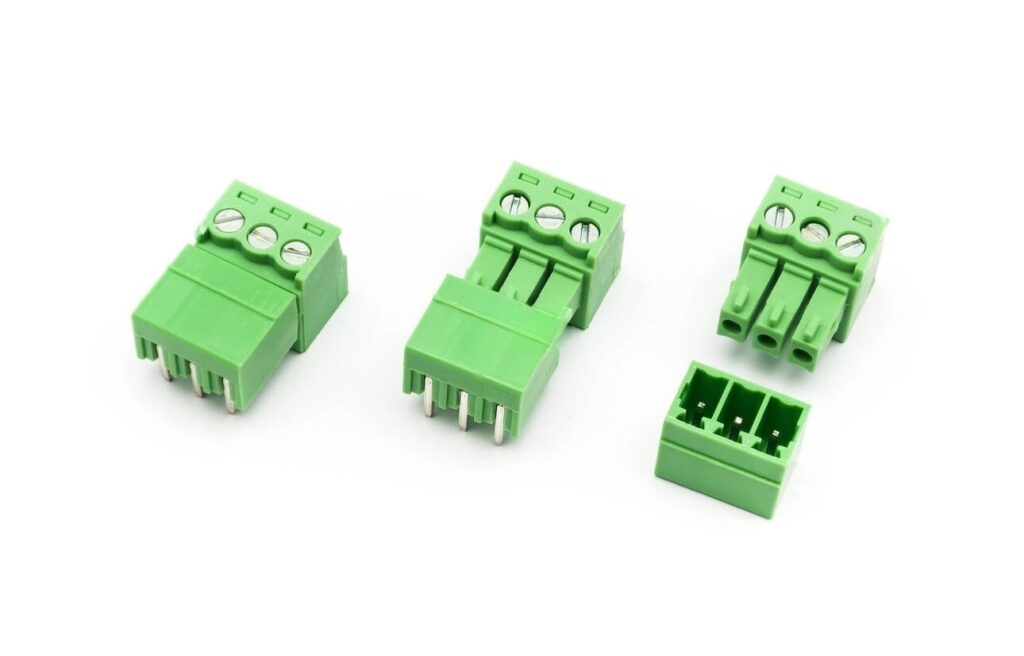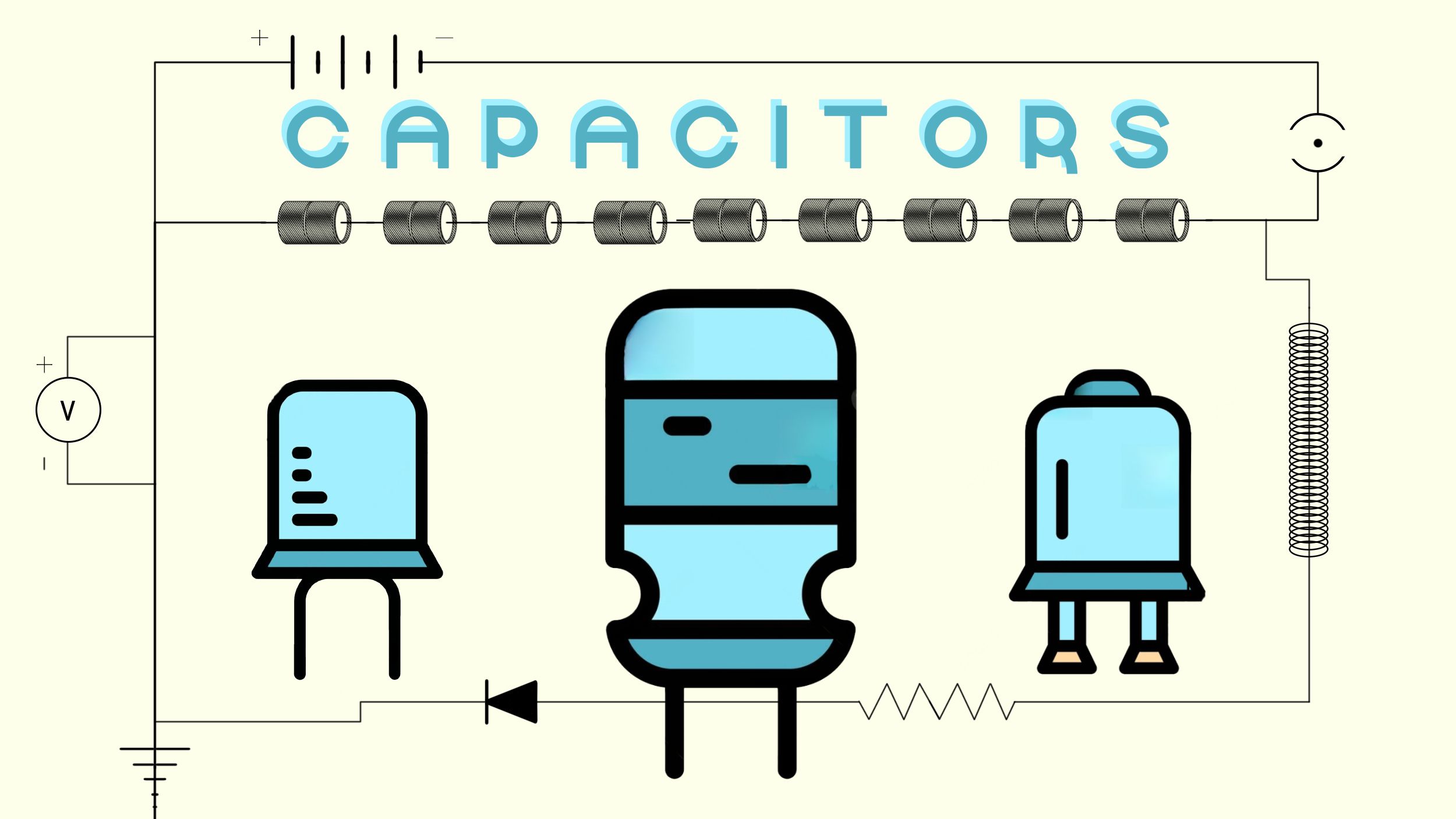Overview of Screw Terminal Blocks
The basic structure of screw terminal blocks consists of a series of metal screw terminals that are enclosed in a plastic or metal casing. Insert a single wire through the hole in each screw terminal and tighten it using a screwdriver for a secure connection. The screws apply sufficient pressure to the wire to create a secure electrical connection.
To choose the right screw terminal blocks, consider the voltage and current ratings, wire gauge size, the number of connections required, material and durability, and environmental factors.
Importance of Screw Terminal Blocks in Electrical Wiring
Screw terminal blocks play a key function in establishing safe and dependable electrical connections. They offer various benefits over other types of connectors, making them a favored choice in many applications. Due to ease of installation and maintenance, make they a cost-effective solution for electrical wiring.
They are available in various sizes, and materials, making it easy to find the right type for your specific needs.
Proper installation and maintenance of screw terminal blocks are crucial for ensuring their long-term effectiveness. Regular inspections, cleaning, and replacement of faulty terminal blocks are essential for maintaining safe and reliable electrical connections.
Types Of Terminal Block
Screw terminal blocks come in different types, each designed for specific applications. Understanding the different types of screw terminal blocks can help you choose the right one for your electrical wiring needs.
Screw Terminal Blocks
Screw terminal blocks work by using a screw to secure wires in place. The block typically consists of a plastic or metal base with two or more screw terminals. Insert wires into the screw terminals and securely fasten them by tightening the screw. Screw terminals find their usage in a wide range of applications, including building automation, control systems, and power distribution.
The most common current ratings for screw terminal blocks range from 10 amps to 150 amps, with some terminal blocks able to handle even higher current ratings.
The most common pitch sizes for screw terminal blocks range from 2.54 mm to 10 mm.
Some terminal blocks feature standard pitches are 3.58 mm.
Pluggable terminal blocks
They feature a plug-and-socket design that enables fast and simple installation without the need for specialized tools or expertise. In industrial control systems and automation applications, pluggable terminal blocks are a popular choice due to their ability to facilitate quick and frequent wiring changes or repairs.
The most common current ratings for pluggable terminal blocks range from 10 amps to 40 amps.
The common pitch sizes for pluggable terminal blocks range from 3.5 mm to 7.5 mm, with some terminal blocks featuring pitches as small as 2.5 mm.
Insert the wires into the socket of a pluggable terminal block and plug it into the corresponding terminal block of the device. For fast and efficient maintenance or repairs, remove and replace the socket as required.
Barrier Terminal Blocks
Barrier terminal blocks are commonly used in industrial control systems and other applications that require high current and voltage ratings. They feature a metal bar that separates the screw terminals, providing a barrier between them to prevent accidental contact.


The most common current ratings for barrier terminal blocks range from 10 amps to 60 amps and pitch sizes for barrier terminal blocks include 3.81 mm, 5.0 mm, 5.08 mm, 7.62 mm, and 9.53 mm. The smallest pitch size for barrier terminal blocks is typically around 3.5 mm.
Feed Through
Feed-through terminal blocks are a type of connector that allows wires to pass through the block, providing a secure electrical connection. They feature a screw or spring clamp mechanism that clamps the wire in place, ensuring a tight and stable connection.
The user inserts the wire through a feed-through terminal block and tightens the screw or spring clamp mechanism to secure the wire in place.


Common pitch sizes for feed through terminal blocks include 5.0 mm, 5.08 mm (0.2 inches), 7.5 mm, and 7.62 mm (0.3 inches).
Some common current ratings range from 10A to 100A.
Different Screw Terminal Block Orientations
Screw terminal blocks come in different orientations, each of which is designed for specific wiring applications. The three primary screw terminal block orientations are horizontal, vertical, and 45-degree angles
Horizontal (90°)
Horizontal terminal blocks are ideal for applications where space is limited, as they can be mounted close together on a panel.
Vertical (180°)
where wires need to connect perpendicularly to the panel Vertical screw terminal find common usage in applications. They are also ideal for high-density wiring applications.
45-degree
Designated for wiring connections at a 45-degree angle to the panel find common usage in industrial settings where space and wire routing requirements are crucial.
Consider the space available on your panel, the wiring requirements of your application, and the orientation options available before selecting a screw terminal block orientation.
How to Choose the Right Screw Terminal Block
Choosing the proper screw terminal block is crucial for creating a safe and dependable electrical connection. There are various elements to consider when choosing a screw terminal block, including wire size, voltage rating, and environmental conditions.
Current Rating
The voltage and current ratings of screw terminal blocks can vary depending on the manufacturer, model, and application. However, as a general rule, most screw terminal blocks are designed to handle voltage ratings of 300V to 600V and current ratings of 10A to 30A.
For low-voltage applications, such as control circuits or audio systems, a voltage rating of 300V is typically sufficient.
For high-voltage applications, such as power distribution or industrial automation, a voltage rating of 600V is often required
Wire Gauge Size
Wire gauge size is an important consideration when selecting a screw terminal block. The gauge size refers to the diameter of the wire, which can affect the amount of current that the wire can carry safely. The most common gauge sizes used in blocks are 22-14 AWG for smaller applications and 16-10 AWG for larger applications.
However, there are terminal blocks available for a wide range of wire gauge sizes, from 28 AWG to 4/0 AWG, to accommodate various electrical needs.
Using the wrong gauge size can result in overheating, which can damage the block and other components in the circuit.
Pitch
Choose a terminal block with a pitch size that matches the wiring requirements of your application. For instance, smaller pitch sizes are ideal for applications that require a high density of wiring connections in a small space. The common pitch in terminal blocks is 5.0mm, although other pitches such as 3.5mm and 7.62mm are also commonly used.
Using the wrong pitch can lead to inefficient use of space, which can impact the overall functionality of the system.
Number of Connections
The number of connections is another important factor to consider when selecting a screw terminal block. The required number of connections in a circuit depends on the number of wires or cables needed.
Using a terminal block with insufficient connections or with too many connections can result in unnecessary cost and complexity.
Conclusion
In conclusion, screw terminal blocks are a critical component in electrical wiring projects, offering a secure and reliable method for connecting wires and cables. With different types, sizes, and materials available.
it’s important to consider the specific requirements of your application when selecting the appropriate screw terminal block. By understanding the key factors to consider, including wire gauge size, current and voltage ratings, and environmental factors, you can ensure safe and efficient electrical connections that meet your project needs.























